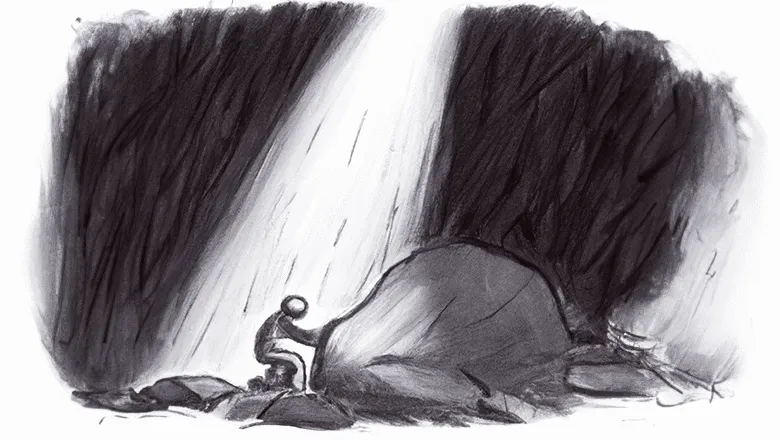Illuminating a Joyless Life: A Transdiagnostic Approach to Anhedonia
Putative mechanisms underlying anhedonia: A study of causal relationships harnessing a virtual reality paradigm.
Virtual-reality (VR) settings maximise the ability to evoke emotion in the lab, using an ecologically valid, positive experience to enable a wider range of pleasure responses to be assessed and group differences to be identified. A VR paradigm will be used which enables factors underpinning positive affect to be manipulated in an engaging and ecologically valid way. Critically, this kind of manipulation also allows for causal relationships to be established. In addition, physiological measures incorporated into a VR based paradigm allow objective measurement of arousal to be assessed in real-time, incorporating an important dimension of emotional experience. VR is a feasible and acceptable approach to people with psychosis and depression and allows on-line experiences such as pleasure to be assessed. This work will build on recent studies showing VR paradigms are valid assessments of maladaptive actions and appraisals in depression (Duan et al, 2022).
Building this paradigm will involve development of existing scenarios (e.g. beach, woods, domestic scenes, café) in the VR lab, adding specific features such as engaging tasks and social elements to maximise pleasure in the experience. The conditions will manipulate the mechanisms identified in previous work, incorporating learning (e.g. language, impact of affective context) from qualitative interviews and ecological momentary assessment studies. Positive emotion and physiological measures of arousal will be assessed during and following the scenario. This will allow us to assess causal links through manipulating putative mechanisms and examining the impact on pleasure and arousal.

Outcomes:
- Confirmation of transdiagnostic mechanisms with causal links to anhedonia– specific and overlapping across diagnostic categories.
- An evaluation of the transdiagnostic model of anhedonia – identifying if any mechanisms are present in non-clinical controls and amplified/altered in diagnostic groups.
- An acceptable, feasible and valid virtual reality paradigm for the measurement of pleasure alongside physiological measures of arousal in severe mental illness and non-clinical controls.


